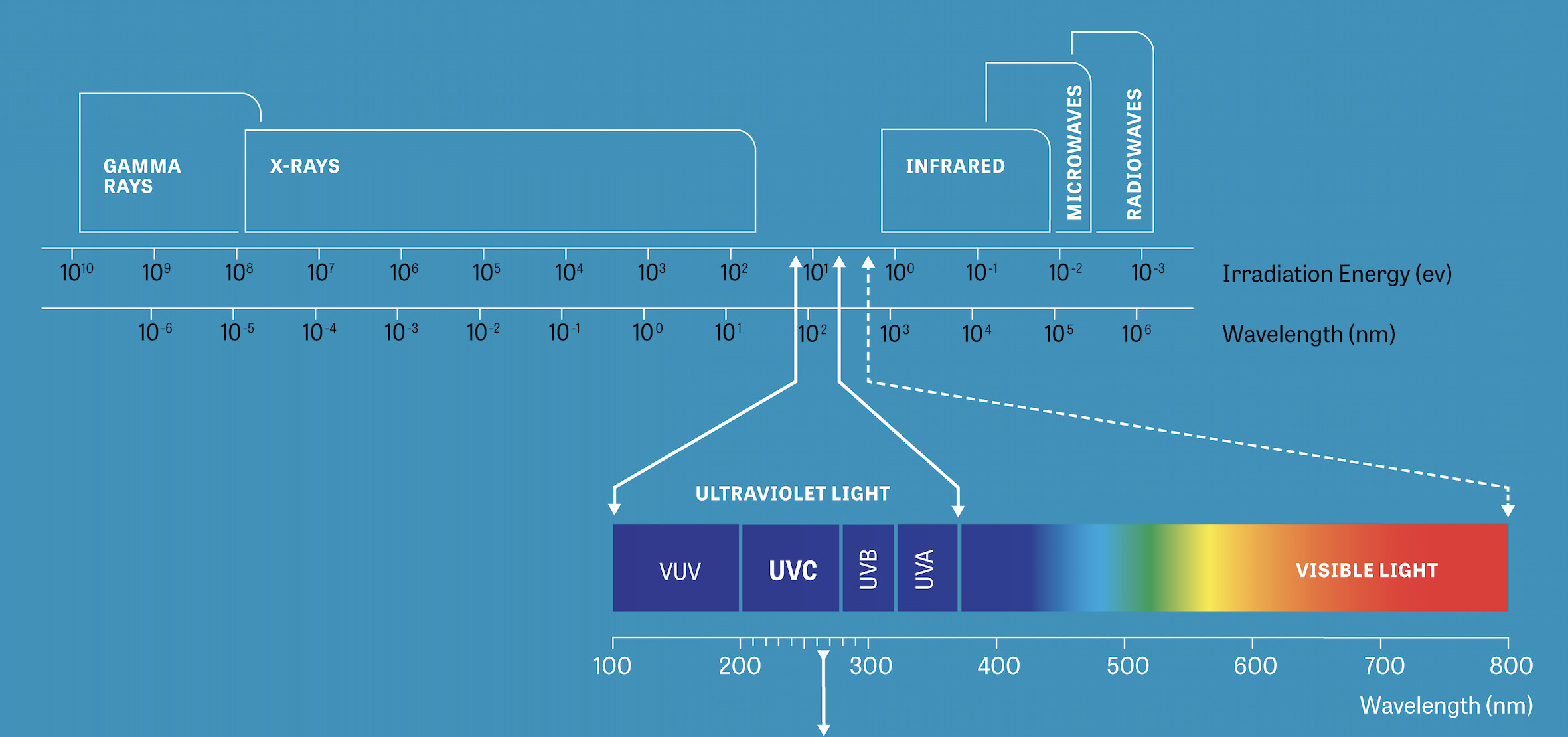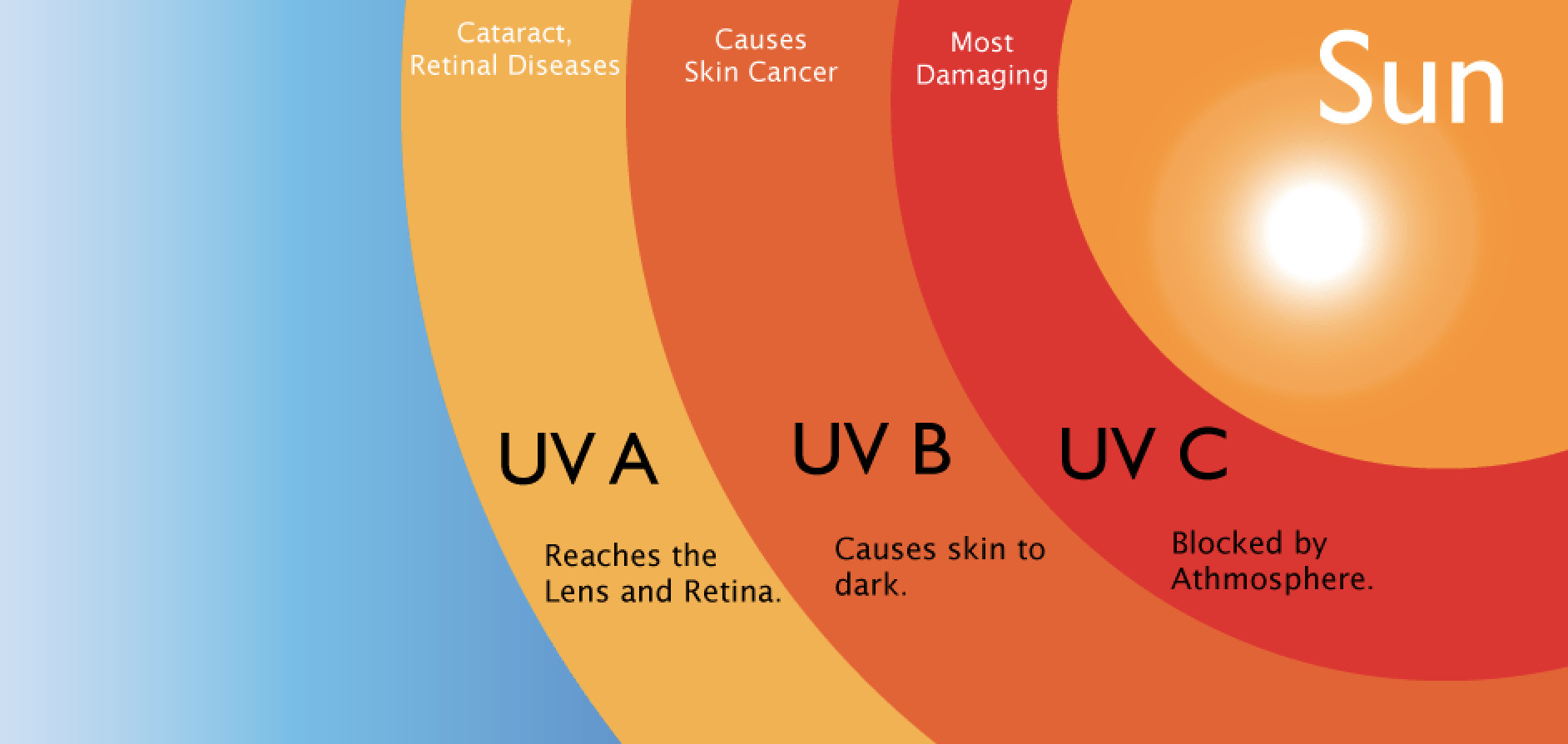Covid Killing Robots are 99.9% Effective
| 08-12-2020 | By Paul Whytock
When I first read about Covid virus killing robots that will cruise around a building zapping the virus, I thought great. How about having one of these as a shopping buddy when visiting my local supermarket?
It would trundle up to the shop with me and then kill any coronavirus virus lurking in the store’s atmosphere, or on the food shelves and cleanse any fellow customer not socially distancing. And on that last point, I was wondering if I could get the robot modified with a distance gauging sensor linked to a voice chip that would in a Darth Vader accent tell the encroaching customer to back-off.
What About us Humans?
Killing Covid is great, but do they present a danger to us human? Before delving into that, let’s take a look at how they kill viruses.
One such robot design has been developed by a company called Xenex Disinfection and catchily named the LightStrike Pulsed Xenon Disinfection Robot. The company says it is the first ultraviolet (UV) disinfection technology proven to destroy SARS-CoV-2, which is the virus causing COVID-19.

Testing and affirmation of that fact were performed at the Texas Biomedical Research Institute which does a lot of work on infectious diseases.
How Did the Robots Score?
The robots were put up against live SARS-CoV-2 in the biosafety level 4 (BSL-4) containment laboratory at the Texas Biomedical Research Institute. As an additional task during those tests, the robots also had to decontaminate N95 respirator masks because many people and healthcare professionals have to reuse personal protective equipment (PPE).
The robots scored a very impressive 99.99% level of disinfection.
During these tests, it’s worth noting from a safety perspective that BSL-4 labs provide a clinically safe environment for scientists to study deadly pathogens for which there are no known treatments or vaccines. While SARS-CoV-2 is considered a BSL-3 level pathogen, Texas Biomed has both BSL-3 and BSL-4 resources and uses both in the studies of coronavirus.
Achieving a 99.9% effective score against Covid is really good, but it’s not that surprising given the fact the robots are already certified to kill the Ebola virus in 60 seconds.
How Do They Work?
They use a xenon lamp to generate bursts of high intensity 200-315 nanometres (nm) of UV-C light which is the germicidal range and more intense than sunlight.
Artificial UV-C energy is produced in germicidal ultraviolet lamps which produce radiation by ionizing low-pressure mercury vapour. These lamps are similar to fluorescent domestic lamps except they do not have the phosphorescent coating, which provides a softer white light.
Most commercial UV-C lamps are low-pressure mercury lamps that emit UV energy at 253 nm, which is an ideal wavelength for disrupting the DNA of microorganisms.

Many research studies and reports have clearly shown that when biological organisms are exposed to UV-C light in the range of 200-300 nm, it is absorbed by DNA, RNA, and proteins.
Absorption by proteins can lead to rupture of cell walls and the death of the organism. Absorption by DNA or RNA causes inactivation of the DNA or RNA double helix strands, and the cell cannot reproduce. This is crucially important.
Infertile Cells Cannot Infect
It is scientifically accepted that it is unnecessary to kill pathogens with UV-C light but supply sufficient UV-C light to prevent the organism from replicating. The UV doses required to prevent replication are far lower than required to kill, which makes the cost of UV-C treatment financially viable.
All this is excellent news when it comes to pushing the Covid genie back into its lamp, but what about any ill effects on us humans?
Safety First
The plain fact is that germicidal UV can present a health hazard to humans as well. Excessive exposure to UV can result in damage to the eyes in the form of photokeratitis and conjunctivitis. These symptoms usually appear within 12 hours after exposure and but the good news is they usually clear within 24 to 48 hours.
Ultraviolet radiation exposure can also redden of the skin. Still, fortunately, most of the UV-C gets reflected and absorbed by the outer dead layer of the human skin, which minimises the amount of UV-C penetrating the epidermis layer.
The National Institute for Occupational Safety and Health and the Centre for Disease Control and Prevention have recommended permissible exposure limits for different UV wavelengths. For UV-C at 254nm, the recommended exposure limit is 6 mJ/cm2 (milliwatt-second/square centimetre) for a daily eight-hour work shift. The use of proper personal protective equipment (PPE) is recommended when personnel may be exposed to UV radiation.

Prolonged exposure to UV-C can cause degradation of organic and synthetic materials. However, because of the short wavelength UV-C transmissivity tends to be very low for most materials and very often shows as fading or discolouration of surfaces.
UV-C Effect on Food
So given all that maybe my idea of having a shopping-buddy Covid-killing robot is not such a great one, particularly when it comes to the safety of my fellow shoppers. But maybe the better idea is to have the robots trundling around supermarkets and any buildings that are used by humans during the day when they are closed and irradiating any build-up of Covid.
One question here though is if doing this would UV-C damage packaged and fresh foods? Unfortunately, I couldn’t find any clear yes or no answer to this but what is clear is that if used correctly it is positive and will eradicate pathogens in or on food.
However, if misused, UV treatment may change the composition of foods. Free-radical as well as photochemical reactions can digest the proteins, damage the antioxidants, oxidize the lipids, make changes to the colour and substance, and produce undesirable flavourings and odorous substances. Some vitamins are susceptible to intense UV light and can, on occasion, lose up to 50% of the efficacy.
But let’s be clear here about the question of irradiation of food procedures that are already used on food. The Foods Standards Agency here in the UK says they are perfectly safe, and so does the Food and Drug Administration centre in the USA.

